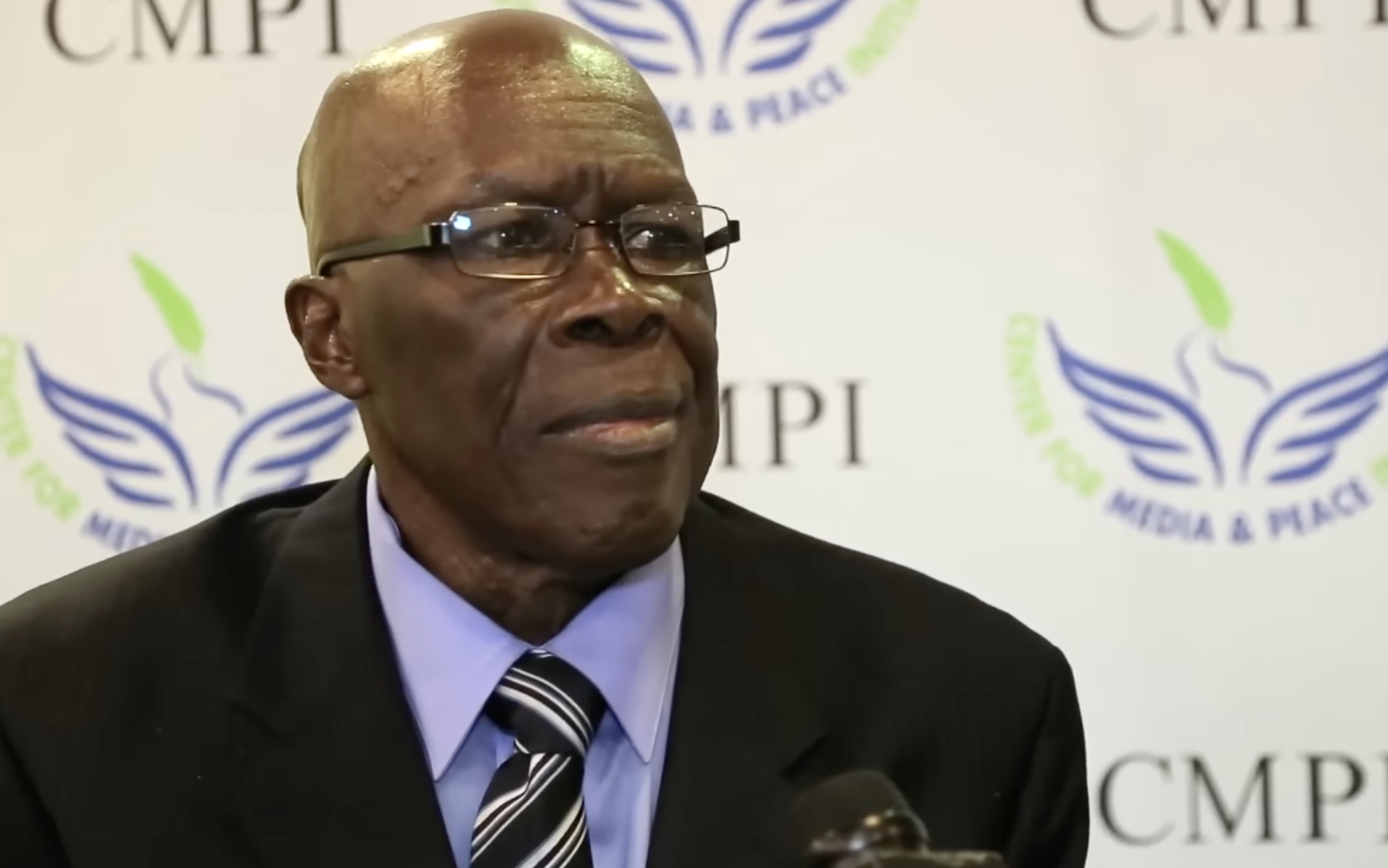Plasma Protein Therapeutic Market worth US$ 52.82 billion by 2032 with 6.5% CAGR | Coherent Market Insights - BioSpace
According to a recent report by Coherent Market Insights, the global Plasma Protein Therapeutic Market is estimated to be valued at USD 33.99 Bn in 2025 and is expected to reach USD 52.82 Bn in 2032, exhibiting a compound annual growth rate (CAGR) of 6.5% from 2025 to 2032. Plasma protein therapeutics are obtained from human blood plasma and are used to treat various chronic and serious medical conditions. There are four primary types of commercially available plasma protein products. The first type is immunoglobulins—antibodies that support the immune system in combating infections and illnesses.
Request for Sample Report: https://www.coherentmarketinsights.com/insight/request-sample/6511
 Global Plasma Protein Therapeutic Market Key Takeaways
Global Plasma Protein Therapeutic Market Key Takeaways
According to Coherent Market Insights (CMI), the global plasma protein therapeutic market size is expected to increase from USD 33.99 Bn in 2025 to USD 52.82 Bn by 2032, recording a CAGR of 6.5%.
By product type, immunoglobulin segment is expected to account for 46.3% of the global plasma protein therapeutic market share in 2025.
Based on end user, hospitals segment will likely hold a prominent share of the plasm protein therapeutic industry.
North America plasma protein therapeutic market is estimated to be valued at around USD 12.13 Bn, making it the top leader in this marketplace.
As per Coherent Market Insights’ latest plasma protein therapeutic market analysis, Asia Pacific is expected to account for more than one-fourth of the global market share in 2025.
Europe is poised to exhibit robust growth during the forecast period. This can be attributed to rising incidence of complement deficiency diseases and growing popularity of plasma-based therapies.
Purchase Now Up to 25% Discount on This Premium Research Report: https://www.coherentmarketinsights.com/insight/buy-now/6511
Rising Prevalence of Rare and Chronic Diseases Propelling Market Growth
Coherent Market Insights’ latest plasma protein therapeutic market research report outlines significant factors driving industry growth. One such prominent growth driver is the increasing incidence of rare and chronic diseases.
The prevalence of rare diseases like hemophilia and primary deficiency disorders is increasing significantly. This surge is expected to boost growth of the plasma protein therapeutic market, as these conditions often require long-term treatment with plasma-derived therapies.
According to the National Hemophilia Foundation, there are around 30000 to 33000 people living with hemophilia in the United States. This number is likely to continue rising during the forthcoming period, creating growth prospects for plasma protein therapeutic companies.
Plasma protein therapeutics are being widely used to treat bleeding disorders, autoimmune diseases, and immunodeficiency disorders. Thus, higher the number of diagnosed cases of these diseases, the greater will be the demand for plasma protein therapeutics.
Also Read: Blood Plasma Market Size, Share, Trends & Opportunities for 2025-2032
High Cost of Plasma Therapies Limiting Market Growth
The future plasma protein therapeutic market outlook looks optimistic, owing to increasing demand for treatments targeting rare and chronic conditions. However, high cost of plasma-based therapies remains a significant barrier to broader market growth.
Plasma protein therapies, including immunoglobulins and clotting factors, are expensive due to complex and labor-intensive process of plasma collection, fractionation, and purification. This cost factor limits accessibility, especially across low- and middle-income countries, leading to reduced plasma protein therapeutic market demand.
Increasing Acceptance of Plasma Therapies Creating Growth Avenues for Players
Both patients and healthcare professionals are becoming more aware about the effectiveness of plasma-derived therapies in treating a wide range of rare and chronic conditions. This will likely create lucrative growth opportunities for the manufacturers of plasma protein therapeutics.
Similarly, regulatory bodies are constantly approving new indications for plasma protein products. These expanding applications are expected to further boost growth of the plasma protein therapeutic market during the forecast period.
Expansion of plasma donation centers and improved regulatory frameworks have boosted the availability of raw plasma. This is expected to boost plasma-derived therapy production, ease bottlenecks, and expand treatment options for rare and chronic conditions. As a result, it will drive market growth and improve global patient access.
Impact of AI on the Plasma Protein Therapeutic Market
Artificial intelligence (AI) is transforming the plasma protein therapeutic market by helping companies meet rising demand for high‑value, plasma-based treatments. It enables smarter, more efficient production pipelines, accelerates new therapeutic development, and enhances scalability.
Many companies are using machine learning (ML) in R&D to analyze large datasets from plasma fractionation and formulation processes. AI-driven analytics support continuous in‑process control, improving yield and safety while reducing time-to-market.
Deep-learning tools are being applied to structure-based protein design, helping in the development of novel recombinant or modified plasma proteins with improved affinity, stability, and extended half-lives. These innovations could eventually reduce dependence on donor-derived plasma.
Companies like Grifols lead from the forefront in employing AI-powered tools in plasma protein therapeutic production. For instance, Grifols recently partnered with Google Cloud to harness advanced technologies like AI to accelerate the development of innovative biopharma medicines.
Emerging Plasma Protein Therapeutic Market Trends
Rapid shift towards recombinant alternatives is expected to boost plasma protein therapeutic marker revenue during the forecast period. Many biopharma companies are striving to develop recombinant clotting factors as well as immunoglobulins to reduce dependence on plasma donations.
Rising popularity of personalized medicine is also creating revenue-generation opportunities for plasma protein therapeutic manufacturers. There is growing interest in using plasma proteins as part of precision medicine approaches to treat autoimmune and hematologic disorders.
Ongoing technological advancements are playing a key role in boosting the plasma protein therapeutic market value. Innovations in plasma fractionation and purification processes are improving the efficacy, safety, and scalability of plasma-derived therapies.
Also Read: Plasma Therapy Market Size, Share & Trends Analysis Report (2025-2032)
Analyst’s View
“The global plasma protein therapeutic industry is poised to grow steadily, owing to rising prevalence of rare and chronic diseases, increasing demand for immunoglobulins, technological advancements in plasma fractionation, and supportive government initiatives,” said senior analyst Vipul Patil.
Current Events and Their Impact on the Plasma Protein Therapeutic Market
| Event | Description and Impact |
| U.S. FDA Approval of New Plasma Protein Process (April 2025) | |
| Post-COVID Blood Donation Recovery | |
| Plasma Collection Tech Innovations |
Competitor Insights
Key companies in plasma protein therapeutic market report:
- Biotest AG
- Octapharma USA Inc.
- CSL Limited
- Kedrion S.p.A
- Takeda Pharmaceutical Company Limited
- Grifols, S.A
- Albumedix Ltd.
- Octapharma AG
- Shire Plc
- Bio Products Laboratory (BPL)
Key Developments
In June 2024, the U.S. FDA approved Biotest’s Yimmugo, an intravenous immunoglobulin (IVIg) therapy for the treatment of primary antibody deficiency syndromes. This plasma protein therapy acts as substitution therapy for individuals whose immunoglobulin function is compromised due to genetic defects or whose antibody levels fall significantly below the standard range.
In December 2024, Grifols officially announced the topline results from its Phase 3 PRECIOSA trial, which evaluated the long-term use of Albutein therapy in patients with decompensated cirrhosis and ascites.
In 2024, Octapharma USA announced the launch of Balfaxar, a non-activated 4-factor prothrombin complex concentrate (4F-PCC) containing vitamin K-dependent factors as well as antithrombotic proteins C and S, for Warfarin reversal in urgent surgery and invasive procedures.
Global Plasma Protein Therapeutic Market Detailed Segmentation:
By Product Type
By Application
By End User
- Others
By Region
- North America
- Europe
- Asia Pacific
- Latin America
- Middle East and Africa
Also Read: Plasma Derived Medicine Market Size, Share, Trends & Opportunities for 2025-2032
Our Trusted Partners:
Worldwide Market Reports, Coherent MI, Stratagem Market Insights
Get Recent News:
https://www.coherentmarketinsights.com/news
About Us:
Coherent Market Insights leads into data and analytics, audience measurement, consumer behaviors, and market trend analysis. From shorter dispatch to in-depth insights, CMI has exceled in offering research, analytics, and consumer-focused shifts for nearly a decade. With cutting-edge syndicated tools and custom-made research services, we empower businesses to move in the direction of growth. We are multifunctional in our work scope and have 450+ seasoned consultants, analysts, and researchers across 26+ industries spread out in 32+ countries.
Contact Us:
Mr. Shah
Senior Client Partner – Business Development
Coherent Market Insights
Phone:
US: + 12524771362
UK: +442039578553
AUS: +61-2-4786-0457
India: +91-848-285-0837
Email: [email protected]
Website: https://www.coherentmarketinsights.com
For Latest Update Follow Us:










